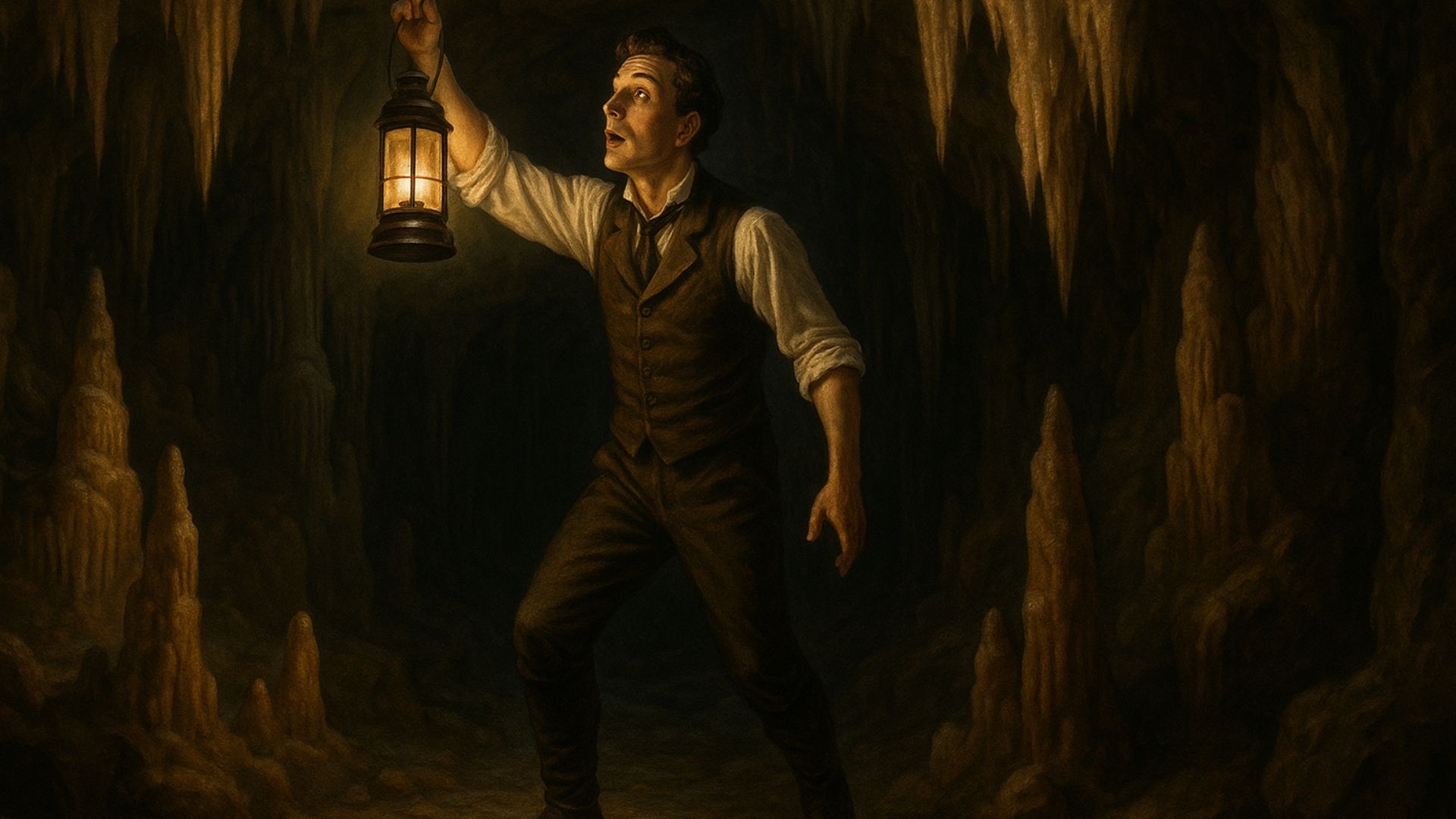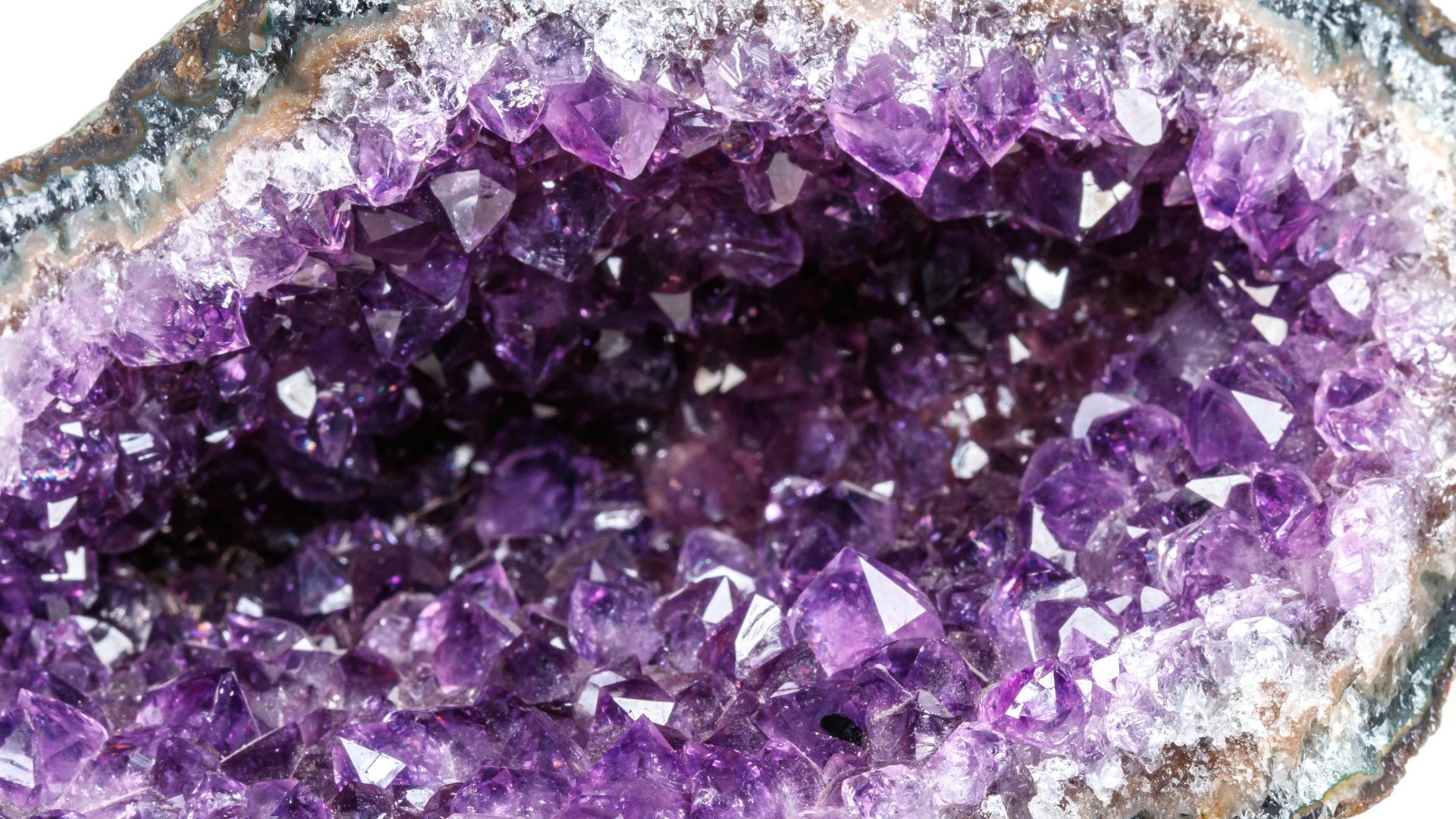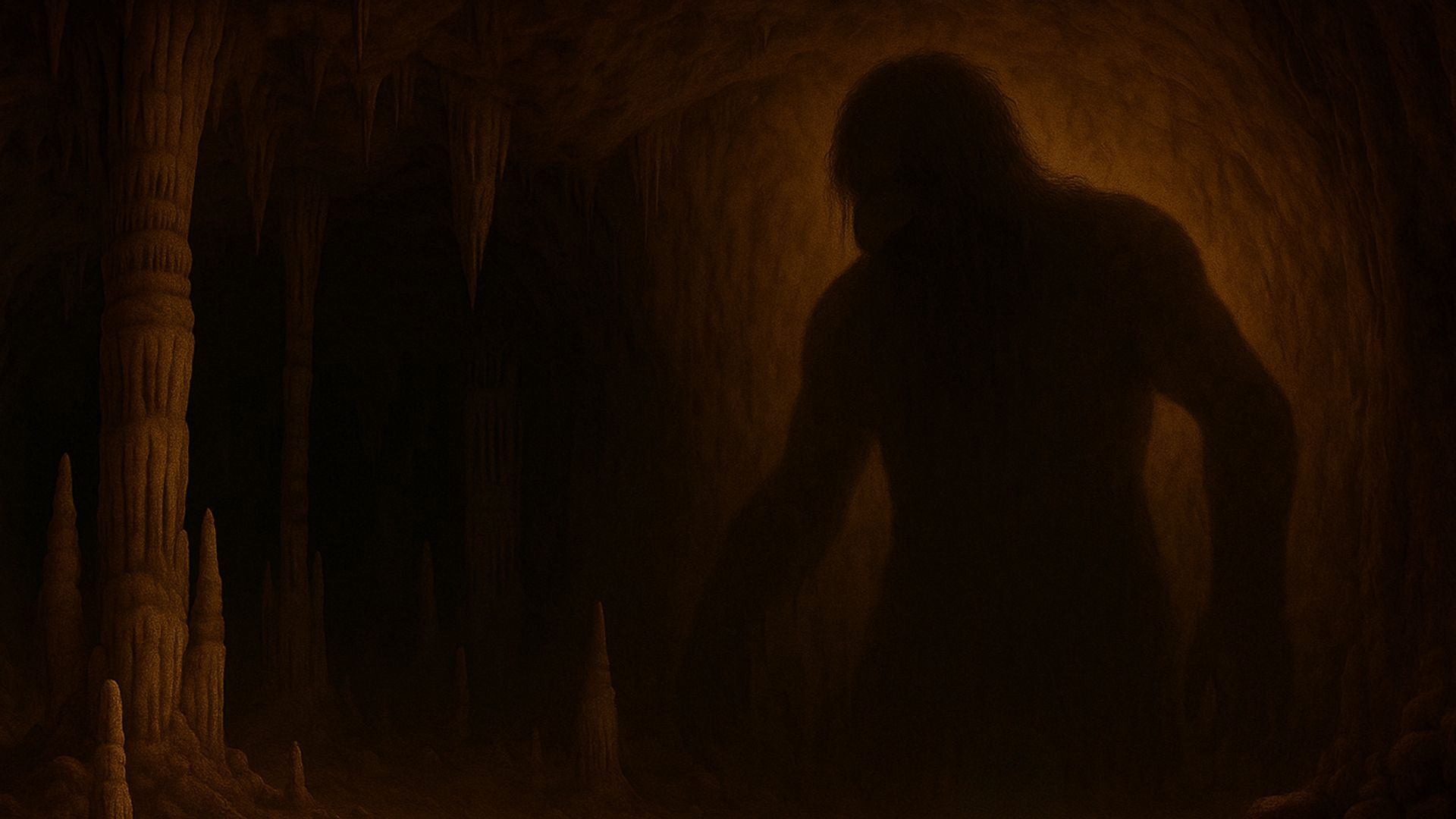Amethyst is known as one of the world's most beautiful gems. Learn all about this sparkly wonder.
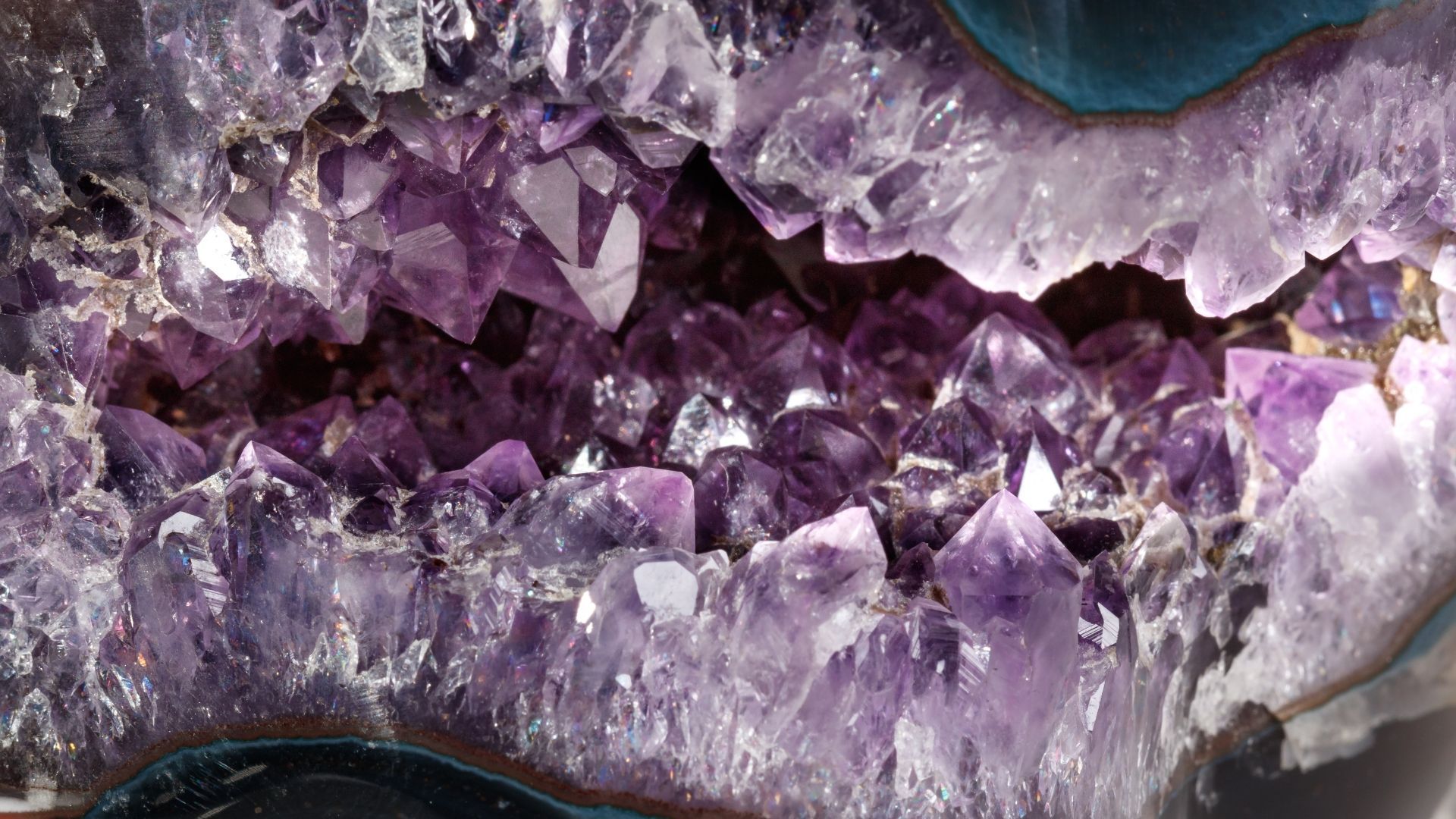
If you have even a passing interest in gemstones, you're likely to have come across amethysts. Pretty, striking, crystalline and purplish, they're a staple in jewellery as well as household ornaments.
And like all rocky delights, this semiprecious stone has been around for millions of years. That's right: a hunk of amethyst you hold in your hands could be over a hundred million years old. Wow!
It's perhaps this prehistoric pedigree – combined with its undeniable beauty – that gives amethyst its strange, enchanting power.
Looking at an amethyst is like seeing a cathedral window reflected in a bonfire – at once magisterial and elusive. It's… But look. Before we tire you out waxing poetical, what even is an amethyst and where does it come from? Time to drill down into the (rock) hard facts.
What is an amethyst?
Amethyst is a violet variety of quartz. It's a crystal gem found in geodes. These are unassuming rocks that hold a beautiful secret.
Imagine cracking a nut and finding a diamond inside. That's pretty much what happens when you crack open a geode. As Morrissey sang, the outside contradicts what's inside – proof that you shouldn't judge a book by its cover (or an amethyst by its geode…)
So, where do amethysts get that gorgeous colour from? It may surprise you to learn that it's a kind of stain.
Yes, amethyst's violet colour comes from a process called "irradiation". In its unirradiated state, quartz is colourless. But gamma rays oxidise impurities of iron within the quartz, lending the quartz its violet hue.
Amethyst is famously hard – and weather-resistant, too. It's a seven on the
Mohs Hardness Scale (where talc is one and diamond is 10). This hardness is part of the reason why it's so popular among jewellers.
Most amethyst is naturally occurring. But it is possible to make synthetic (or "lab-grown") amethysts. This is mostly done by jewellers wanting to imitate deep-coloured amethysts that can be sold at a higher price.
What colour is amethyst?

Amethyst is violet – but within that umbrella term falls a wide range of purplish hues, from light lavender to deep, deep purple. It also has secondary hues – splashes of red and blue that add a delicate texture to the quartz.
Some people want those delicate, translucent, marbled hues. But the market prizes the deep purple specimens – those found in Siberia, South America, Sri Lanka and the Far East. Some of these are 75% violet, meaning a rich and deep colour.
A specimen like Rose de France, by contrast, is more on the lavender or lilac side. There's also a green variety, although it isn't strictly amethyst.
Once out of its containing geode, an amethyst is vulnerable to fading from prolonged light exposure. It can also be artificially darkened by jewellers to satisfy demand.
Where is amethyst found?
Amethysts are found all over the world. The list is longer than an arthouse trilogy. But as Wikipedia
tells us:
"Between 2000 and 2010, the greatest production was from Marabá and Pau d'Arco, Pará, and the Paraná Basin, Rio Grande do Sul, Brazil; Sandoval, Santa Cruz, Bolivia; Artigas, Uruguay; Kalomo, Zambia; and Thunder Bay, Ontario."
It's also found (albeit in smaller quantities) in Afghanistan, Africa, Argentina, Mexico, Russia, South Korea and Spain.
A brief history of amethysts
The history of the world since at least the ancient Egyptians features amethyst in a supporting role. It was used as a gemstone by ancient Egyptians, worn in battle in medieval Europe and considered sacred by the Tibetans.
Even today, Anglican bishops wear a ring with amethyst. This is because of its association with sobriety.
Despite its widespread use (and popularity among customers), amethyst has experienced a reversal in fortunes in recent centuries. Up until the 18th century, it was classed as a "cardinal" gemstone – that exclusive club whose members include diamonds, sapphires, rubies and emeralds.
Today, amethyst has been downgraded to a semiprecious stone. Despite this, it remains a popular choice for jewellery and decorations.
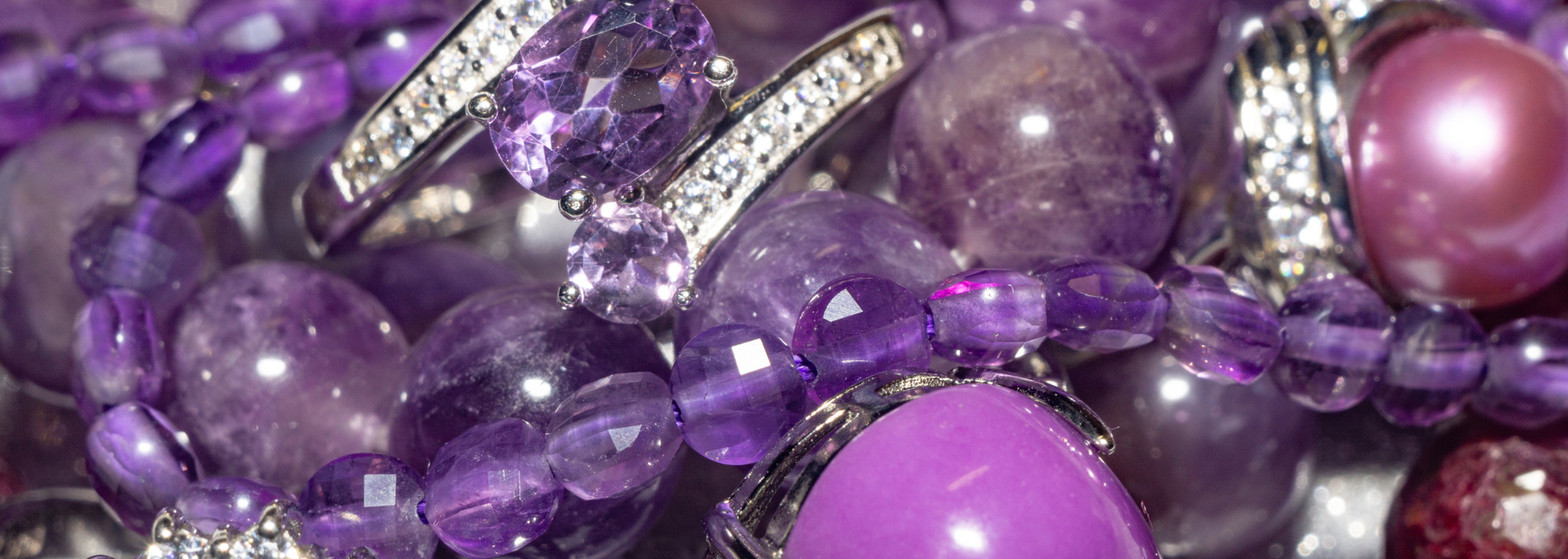
Where does the word "amethyst" come from?
The word "amethyst" comes from Koine Greek (the common language of the Hellenistic, Roman and early Byzantine periods). It literally means "non-intoxicating", deriving from
a-, meaning "not", and
methysko, meaning "intoxicating".
Amethyst, it was believed, stopped you from getting drunk. For this reason, Ancient Greeks wore amethyst and even drank from amethyst vessels to stay sober.
The Ancient Greeks also had the myth of Amethyste or Amethystos – a nymph rescued from the god Dionysus by being turned into a precious stone.
How big are amethysts?
Like many gemstones and crystals, amethysts are irregular by nature and come in many shapes and sizes.
According to
Guinness World Records, "The largest amethyst geode weighs 13,000 kilograms and is three metres long, 1.8 metres wide and 2.2 metres high."
It was found in Uruguay and is now on display in China's Shandong Tianyu Museum of Natural History.
Is amethyst rare?
Amethyst is not considered a rare gemstone. It's found all over the world and is a type of quartz – a very common mineral.
There are, however, rare varieties of amethysts. These include Rose de France, Deep Russian and Chevron.
Can amethyst get wet?
Some people wonder about swimming or showering with amethyst jewellery. The simple answer is that amethyst is hard enough to stay structurally intact in water.
Will amethyst fade?
Amethyst can fade when exposed to prolonged sunlight. However, it's a long process and the fading is rarely noticeable. As long as you don't leave it hanging from a washing line in Death Valley, you should be fine…
Want to get up close and personal with amethyst? Here at Stump Cross Caverns, we're running a fun educational workshop all about crystals. It's called Crystal Wonders – and it's open to all ages. Spaces are limited, so hurry and
book your tickets online before it sells out.
And while you're here, why not try
panning for gems in our real mining sluice? You might just find a sparkly prize or two…


